Thailand is a year-round destination, but the best time to visit depends on the experiences you’re seeking, from favorable weather conditions to participating in local festivals and events. Thailand’s tropical climate varies across its regions, making different parts of the country more appealing at certain times of the year. This guide will help you navigate the ideal time to visit Thailand based on weather, festivals, and key events, ensuring you make the most of your trip.

Best Time to Visit Thailand Based on Weather
1. November to February: The Cool and Dry Season (Peak Season)
Overview:
This is the most popular time to visit Thailand, as the weather is generally cool (by Thai standards), dry, and comfortable, especially in central and northern Thailand. Temperatures range between 25°C to 32°C (77°F to 89°F), making it ideal for sightseeing, beach holidays, and outdoor activities.
Best for:
- Exploring cities like Bangkok, Chiang Mai, and Ayutthaya.
- Beach destinations on the Andaman Sea (Phuket, Krabi, Koh Phi Phi) and the Gulf of Thailand (Koh Samui, Koh Phangan).
- Trekking and cultural activities in Northern Thailand.
Pros:
- Pleasant temperatures and clear skies.
- Great for outdoor activities, including hiking and temple tours.
Cons:
- Higher accommodation and flight prices due to peak season.
- Crowds at major tourist destinations.
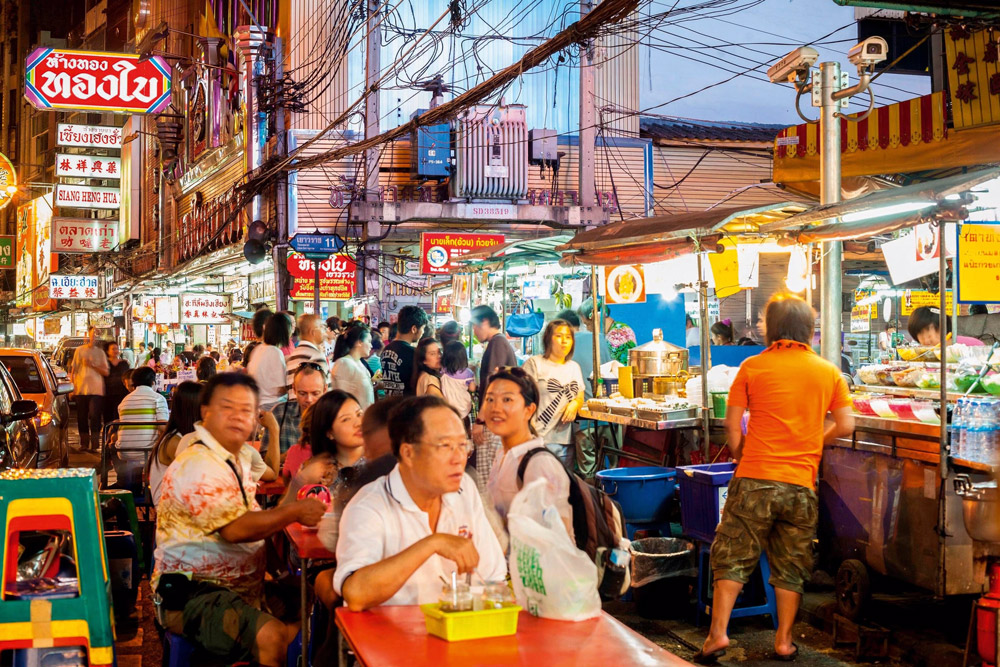
2. March to May: The Hot Season
Overview:
From March to May, temperatures rise, with daytime highs often reaching 35°C to 40°C (95°F to 104°F), especially in central and northern Thailand. This is the hottest time of year, and outdoor activities can be uncomfortable in certain areas.
Best for:
- Beach vacations in the Gulf of Thailand (Koh Samui, Koh Tao, and Koh Phangan), where temperatures are moderated by sea breezes.
- Coastal areas where you can relax by the beach or enjoy water activities.
Pros:
- Fewer crowds compared to peak season.
- Lower prices for accommodations and flights.
Cons:
- The intense heat in cities and inland areas makes sightseeing less enjoyable.
.jpg)
3. June to October: The Rainy Season (Low Season)
Overview:
The rainy season, or monsoon season, is characterized by frequent but usually short-lived tropical downpours. While the rainfall brings lush greenery, it also means higher humidity and occasional flooding in some regions. However, travel is still possible, and the rain rarely lasts all day.
Best for:
- Exploring the north and northeast (Chiang Mai, Chiang Rai, and Isaan), which are lush and less humid than the coast.
- Beach destinations on the Gulf of Thailand (Koh Samui, Koh Phangan, Koh Tao), see less rainfall compared to the Andaman coast.
Pros:
- Lower prices for accommodation and flights.
- Fewer tourists and less crowded attractions.
Cons:
- Occasional heavy rainfall, especially on the Andaman Coast (Phuket, Krabi).
- Some outdoor activities, such as hiking and diving, may be limited.
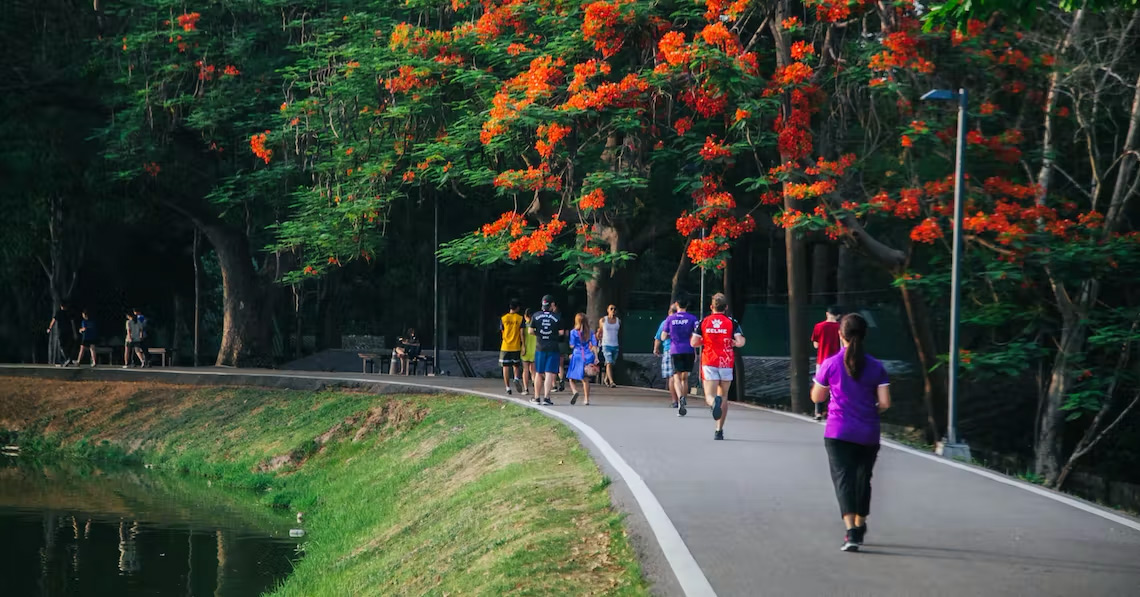
Best Time to Visit Thailand Based on Festivals and Events
1. Songkran (Thai New Year)
- When: April 13–15 (sometimes extended)
- Where: Nationwide, with major celebrations in Chiang Mai, Bangkok, and Pattaya.
Overview:
Songkran is Thailand’s most famous festival, celebrating the Thai New Year with nationwide water fights. Originally, the festival involved cleansing rituals to wash away bad luck, but today it has become a lively celebration where locals and tourists drench each other with water. It’s a joyful time to experience Thai culture and take part in the fun.
Best Places to Celebrate:
- Chiang Mai: Known for its most vibrant Songkran celebrations, with processions, cultural events, and the largest water fight in the country.
- Bangkok: Khao San Road and Silom Road become epicenters of water fights and street parties.
- Pattaya: Hosts an extended Songkran celebration, lasting a week.
Tip: Be prepared to get wet! Protect your belongings with waterproof bags.
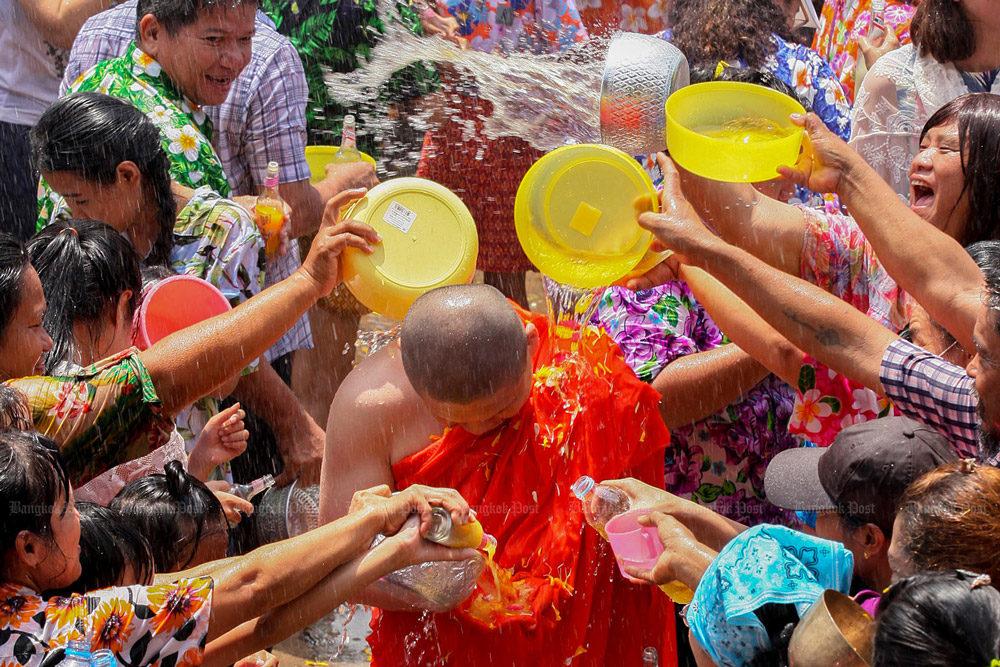
2. Loy Krathong (Festival of Lights)
- When: November (based on the lunar calendar)
- Where: Nationwide, with major celebrations in Chiang Mai, Sukhothai, and Bangkok.
Overview:
Loy Krathong is one of Thailand’s most beautiful festivals, celebrated by floating decorated baskets (krathongs) on rivers, lakes, and canals to pay respect to the water goddess and ask for forgiveness for any misdeeds. The festival is also a time to make wishes for the future.
Best Places to Celebrate:
- Chiang Mai: Loy Krathong is celebrated alongside the Yi Peng festival, where thousands of lanterns are released into the sky, creating a magical atmosphere.
- Sukhothai: The birthplace of Loy Krathong, Sukhothai hosts one of the most traditional and picturesque celebrations with ancient temple backdrops.
- Bangkok: The Chao Phraya River comes alive with krathongs, fireworks, and celebrations along its banks.
Tip: Buy a krathong and float it on a river with a candle and incense as part of the tradition.
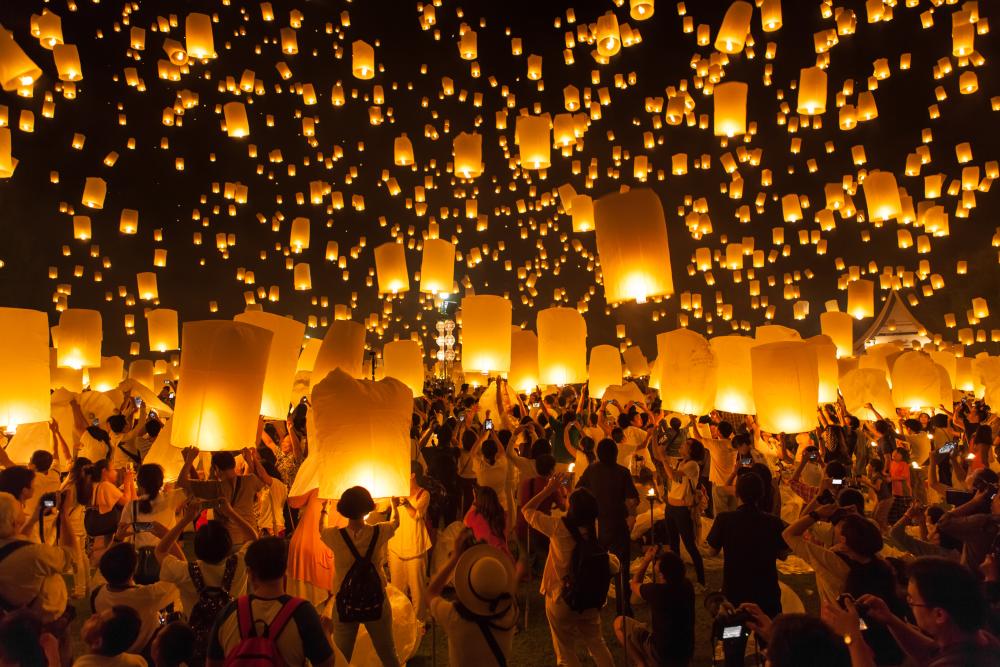
3. Vegetarian Festival (Tesagan Gin Je)
- When: September/October (based on the lunar calendar)
- Where: Phuket, Bangkok, and other major cities.
Overview:
The Vegetarian Festival is a nine-day event celebrated primarily by the Chinese-Thai community. During this festival, participants abstain from eating meat, and you’ll find street stalls offering a wide variety of vegetarian dishes. The festival is also known for its dramatic religious rituals, such as fire walking and body piercing ceremonies.
Best Places to Experience It:
- Phuket: The epicenter of the festival, with processions and ceremonies at various Chinese temples.
- Bangkok’s Chinatown: Explore Yaowarat Road for an incredible range of vegetarian street food and cultural events.
Tip: Look for the yellow flags marking vegetarian food stalls during the festival.
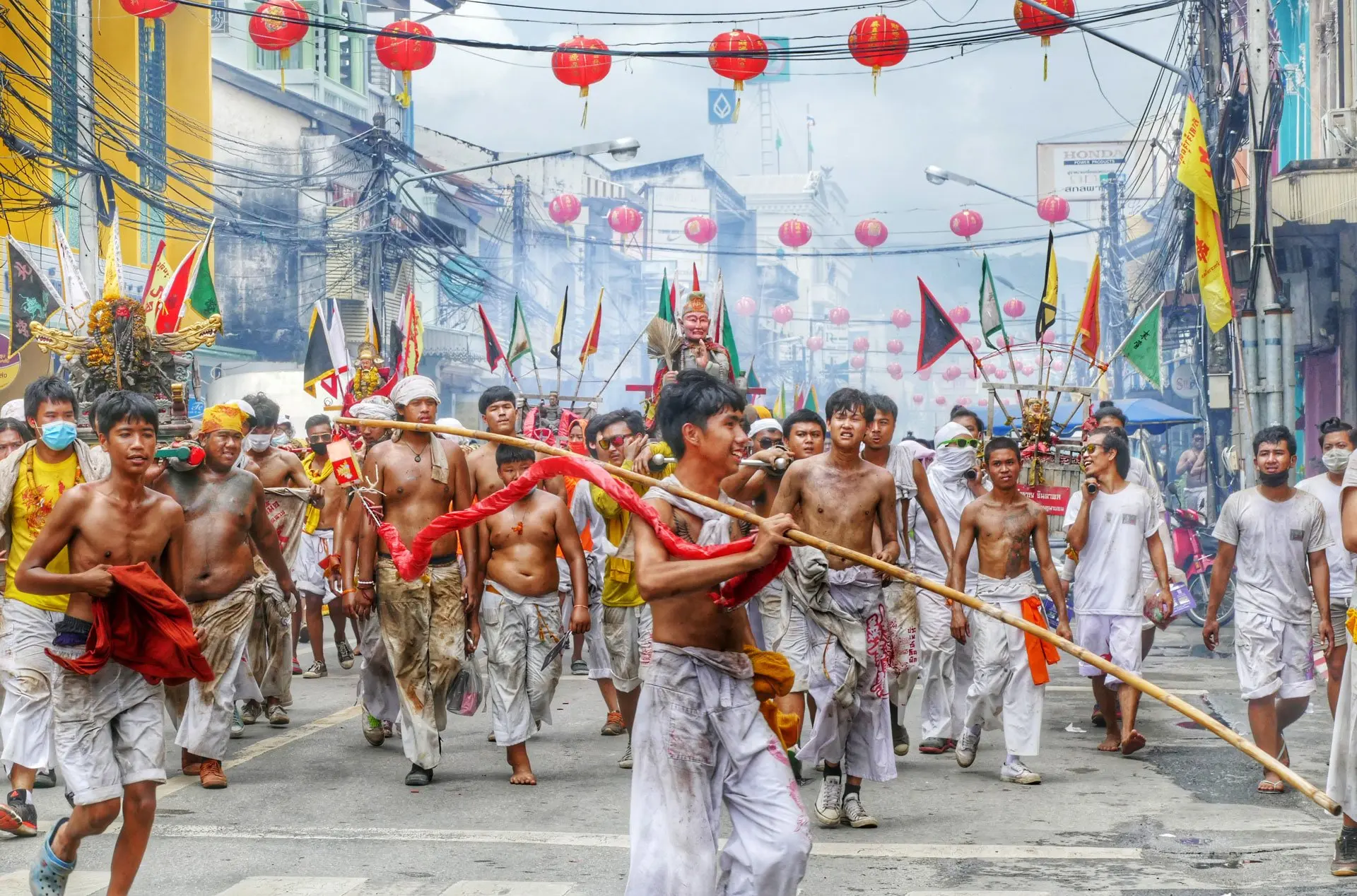
4. King’s Birthday (Rama X)
- When: July 28
- Where: Nationwide, with major celebrations in Bangkok.
Overview:
The King’s Birthday is a national holiday in Thailand, celebrated with grand ceremonies and decorations across the country. In Bangkok, the streets are decorated with flowers, lights, and portraits of the king, particularly around the Grand Palace and Ratchadamnoen Avenue. Government buildings and houses are adorned with royal symbols, and many Thais participate in merit-making ceremonies at temples.
Tip: To experience the celebration in Bangkok, head to the Sanam Luang area near the Grand Palace, where you can witness cultural performances and fireworks.
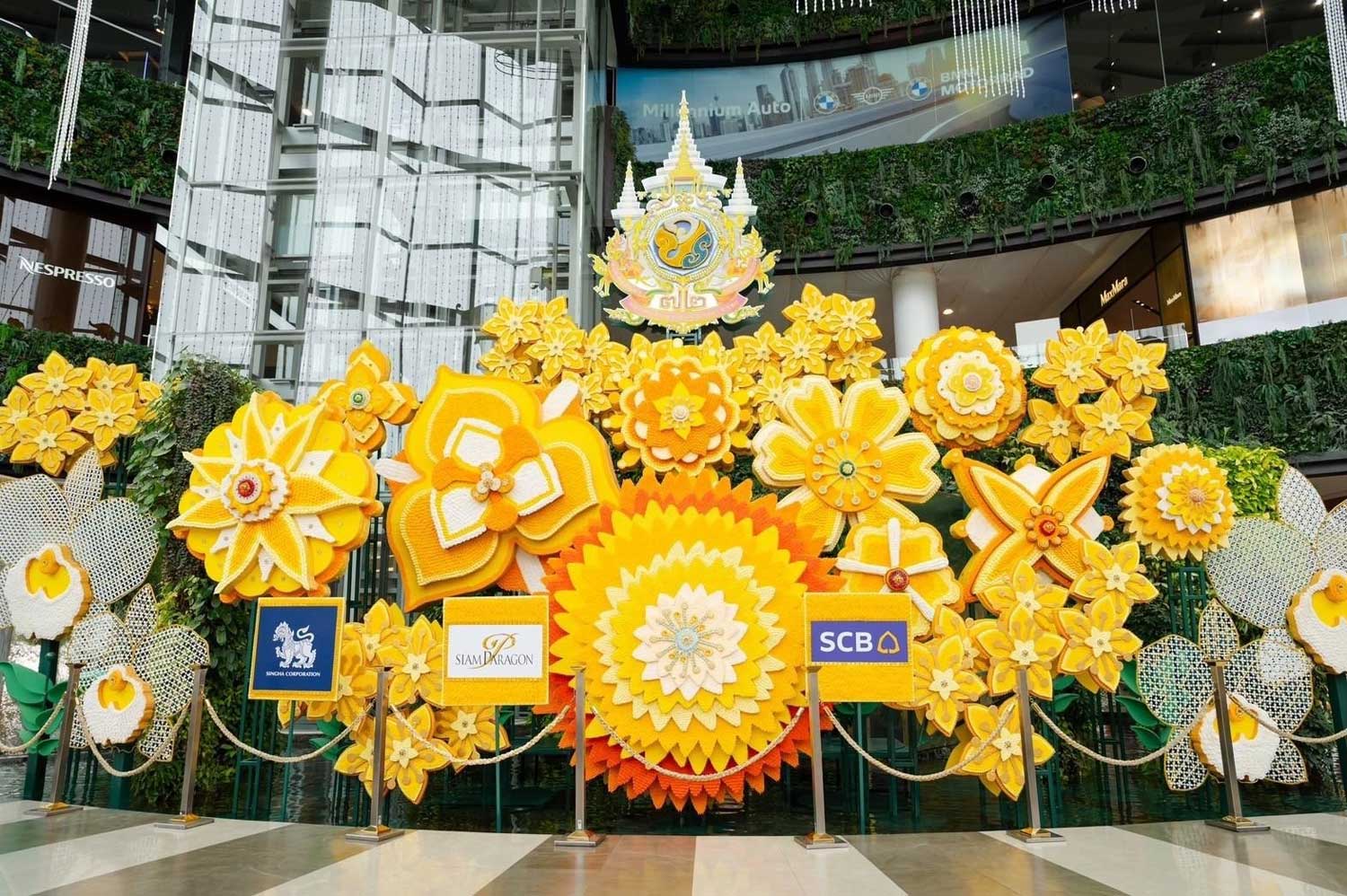
5. Royal Ploughing Ceremony
- When: May
- Where: Sanam Luang, Bangkok
Overview:
This ancient ceremony marks the official start of the rice-growing season in Thailand. It’s presided over by the King or a royal representative and takes place in Sanam Luang, near the Grand Palace in Bangkok. During the ceremony, sacred oxen plow a furrow in the ground, symbolizing the preparation for planting rice. The ritual is believed to predict the upcoming rice harvest and is deeply connected to Thailand’s agricultural traditions.
Tip: The Royal Ploughing Ceremony is a formal event, so dress respectfully if attending.
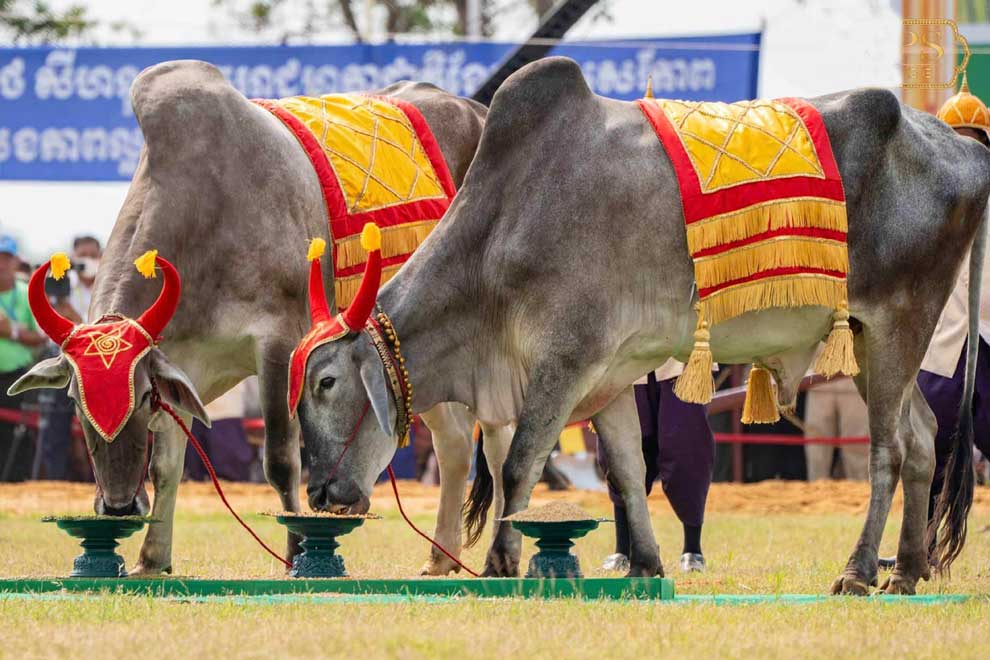
Best Time to Visit Thailand Based on Regions
1. Northern Thailand
- Best Time: November to February (cool season)
- Why: Northern cities like Chiang Mai, Chiang Rai, and Pai experience cooler weather during this period, making it perfect for trekking, visiting temples, and enjoying outdoor activities.
Events:
- Loy Krathong & Yi Peng Festival in Chiang Mai (November)
- Flower Festival in Chiang Mai (February)

2. Southern Thailand (Andaman Coast)
- Best Time: November to April (dry season)
- Why: This is the best time to visit the Andaman Sea islands, including Phuket, Krabi, and the Phi Phi Islands, as the seas are calm, and the weather is sunny with little rain.
Events:
- Phuket Vegetarian Festival (September/October)
- Songkran Celebrations in Phuket (April)

3. Southern Thailand (Gulf of Thailand)
- Best Time: December to March
- Why: Koh Samui, Koh Phangan, and Koh Tao experience their best weather during this period, making it ideal for beach vacations, diving, and Full Moon Parties.
Events:
- Full Moon Party on Koh Phangan (every month)
- Songkran Celebrations on Koh Samui (April)
.jpg)
Conclusion
The best time to visit Thailand depends on what you’re looking to experience. For ideal weather, plan your trip between November and February when the temperatures are cooler, and the skies are clear. For festival lovers, plan around Songkran in April or the Loy Krathong Festival in November. Regardless of when you go, Thailand’s warm hospitality, rich culture, and diverse landscapes ensure a memorable visit year-round.
Final Tips:
- Book Early for Peak Season: If traveling during the high season, book accommodations and flights well in advance, especially for popular tourist destinations.
- Stay Flexible in the Rainy Season: Travel during the low season offers great deals, but be prepared for occasional rain showers.
- Pack for the Climate: Lightweight, breathable clothing is essential year-round, but bring a light jacket for cooler evenings in the north or mountainous areas.
Enjoy your journey through Thailand, no matter when you choose to visit
